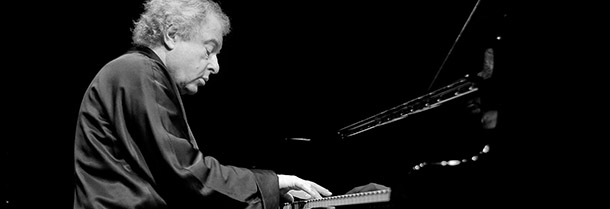Tag: Overture in French Style in B minor BWV 831
-

PROGRAM NOTES: SIR ANDRÁS SCHIFF PERFORMS THE GOLDBERG VARIATIONS
Bach’s Clavier-Übung (1726-1741) The works on this evening’s recital are selected from Bach’s collection of keyboard pieces published in four parts between 1726 and 1741 under the collective title Clavier-Übung (keyboard exercise). In this collection Bach systematically lays out for amateur and professional keyboard-players alike his mastery of the genres, compositional techniques, and national styles…

